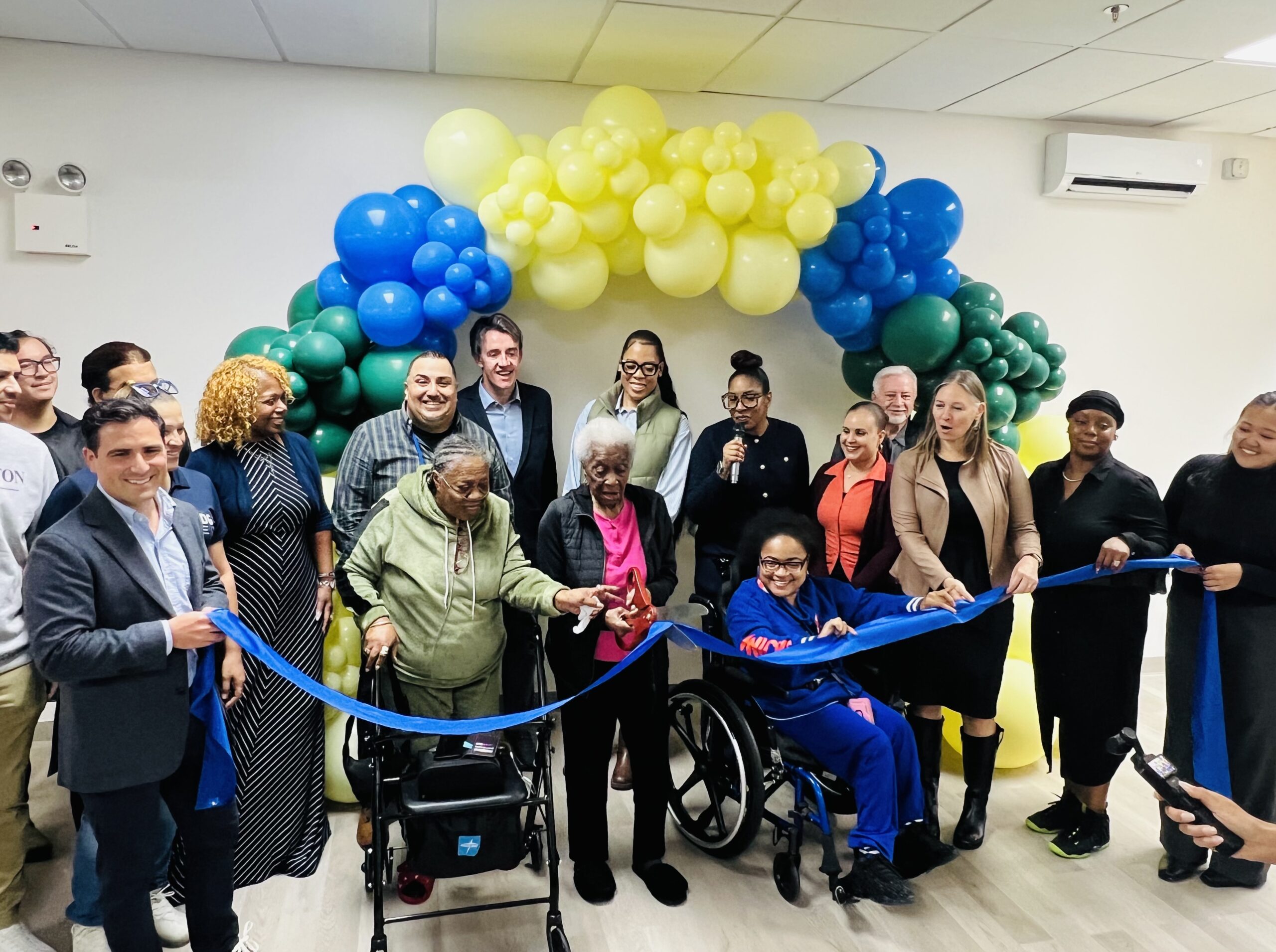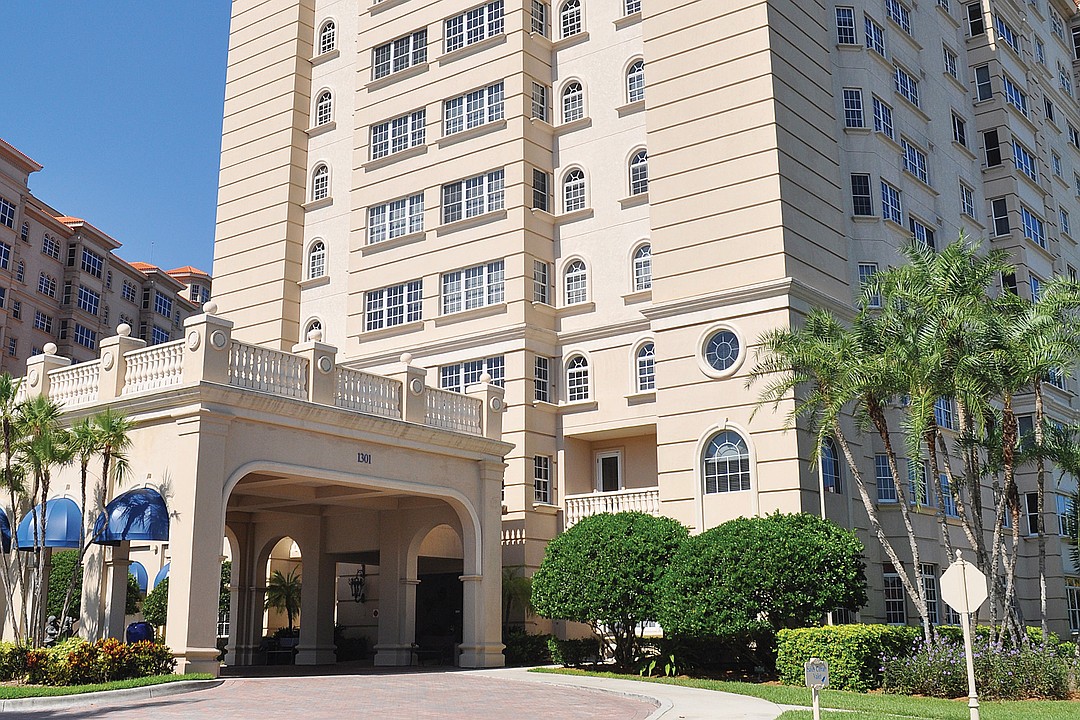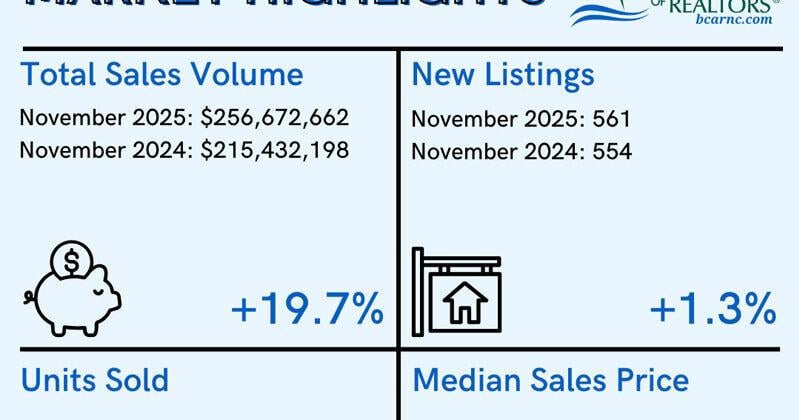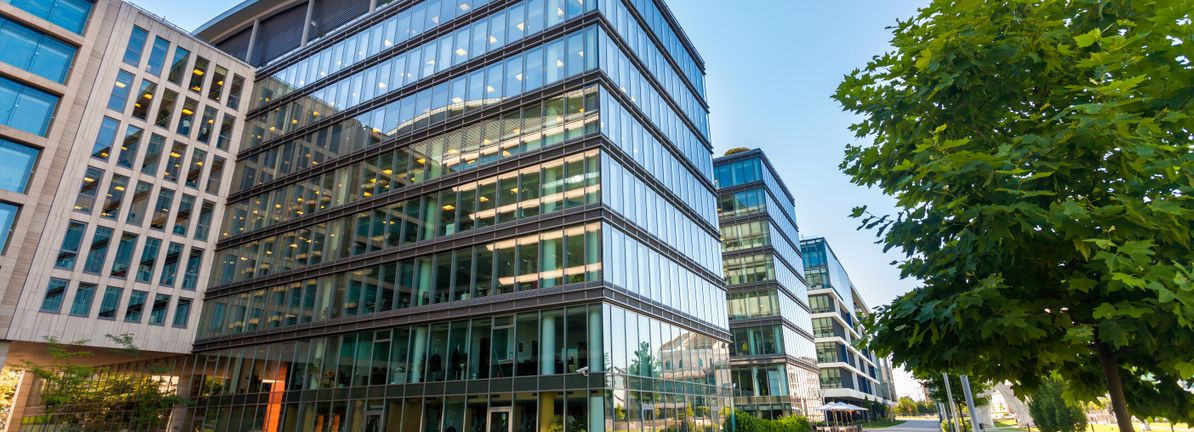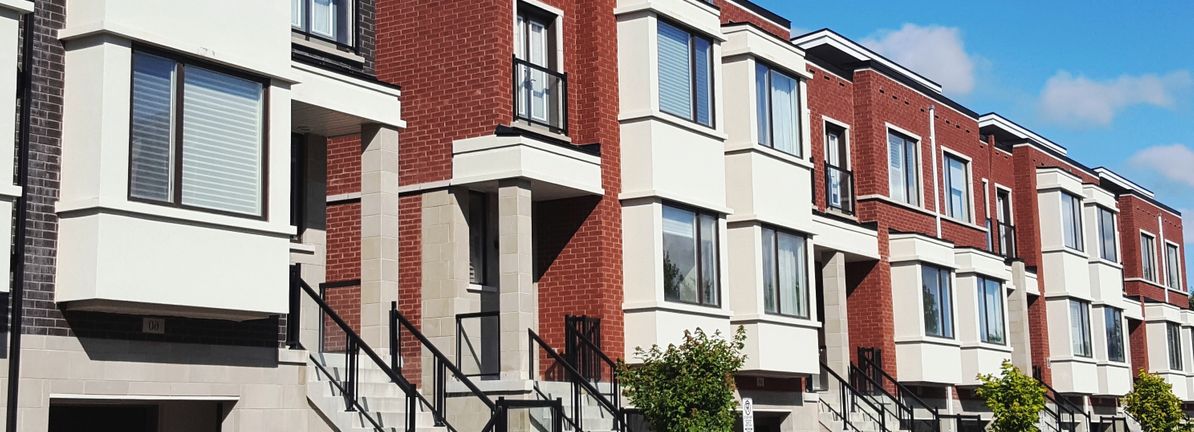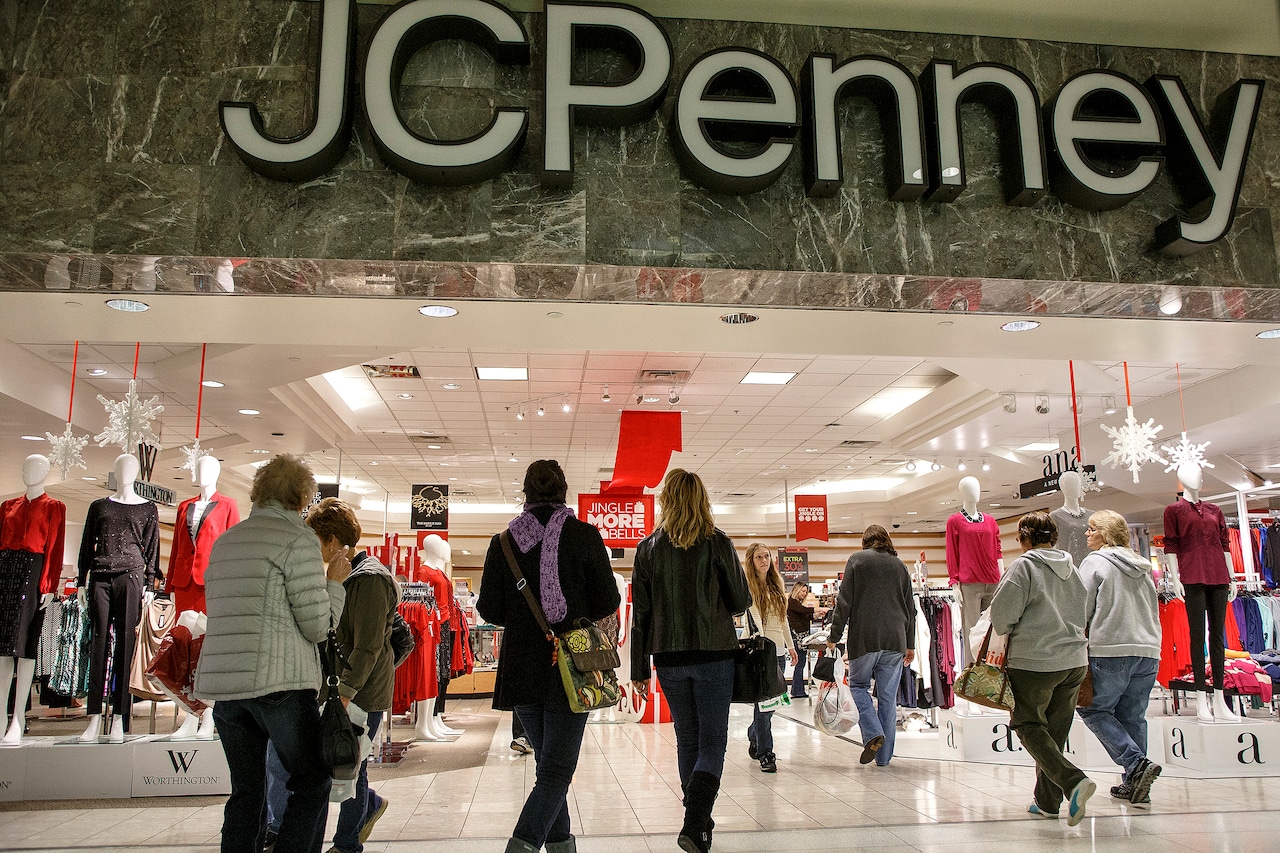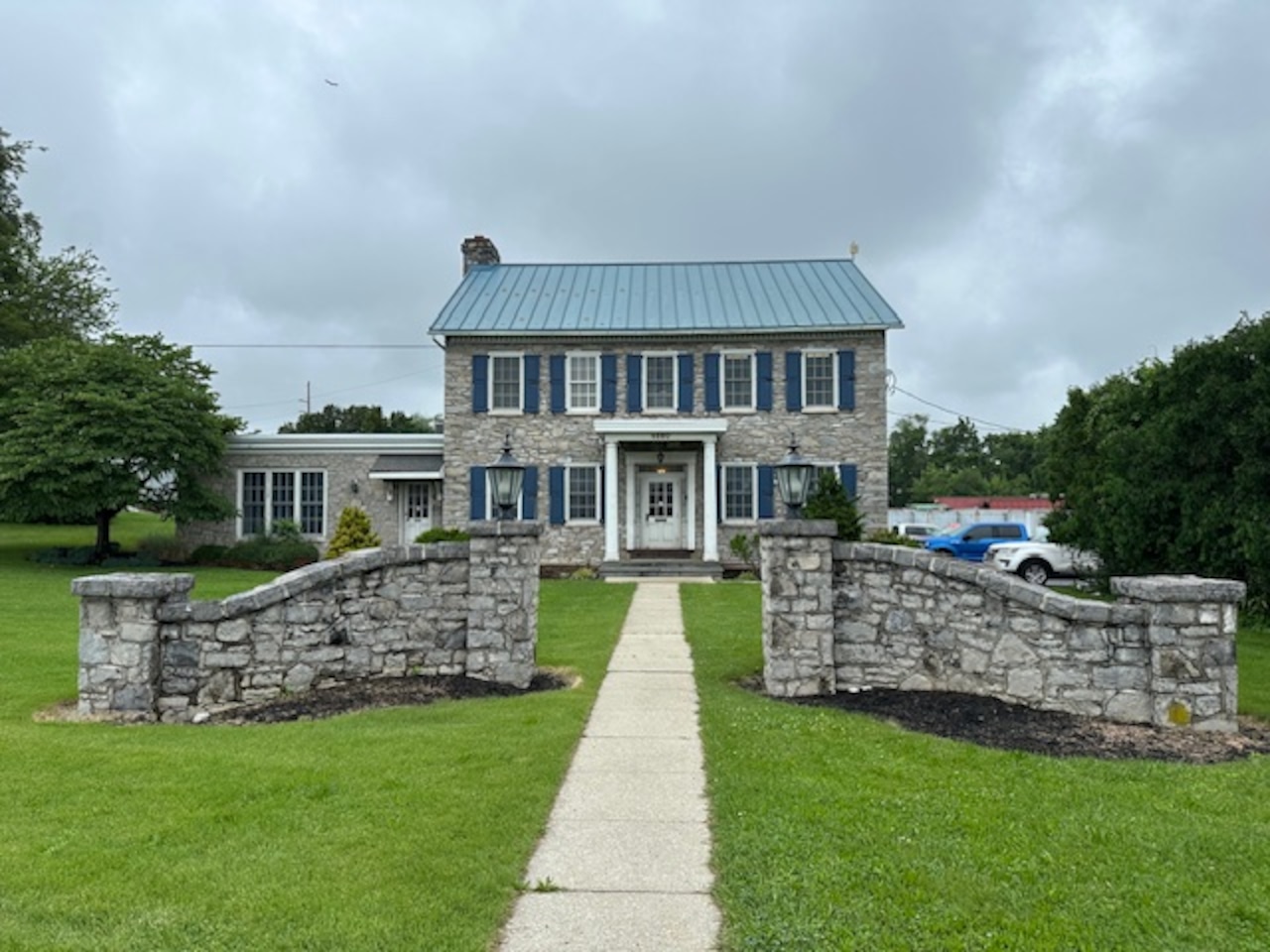T
he affordable‑housing crisis in New York began in the early 1900s with overcrowded, unsafe tenements in lower Manhattan. In 1934 the New York City Housing Authority (NYCHA) was established to build low‑cost units, but demand far outpaced supply. The 1950s and 1960s saw federal Urban Renewal projects tear down historic neighborhoods, displacing thousands of low‑income families. The 1970s fiscal collapse cut housing budgets and maintenance, while the 1990s brought rising demand and the loss of affordable units as gentrification pushed out long‑time residents in Williamsburg and the Lower East Side. The 2008 financial crisis stalled construction and increased foreclosures, leaving affordable housing unable to keep pace with population growth. By 2025, more than half of New York renters are rent‑burdened, and roughly 20 % spend at least 50 % of their income on rent.
Will Blodgett, CEO and founder of Tredway, a real‑estate development firm that acquires, revitalizes, and preserves affordable, workforce, and mixed‑income housing, says his mission is to address this crisis. Growing up in Chicago, Blodgett witnessed poverty and the demolition of a senior housing complex managed by the Chicago Housing Authority. After college he entered the affordable‑housing sector with a clear purpose: help people. He now leads Tredway’s latest project in Fort Greene at 80 Greene Ave.
Tredway acquired a 193‑unit portfolio in Fort Greene, renovating 97 senior‑focused homes in the seven‑story Greene Clermont Houses. The project targets households earning 50 % of the area median income and secures affordability for the next 40 years. A ribbon‑cutting ceremony on October 8 marked the completion of the overhaul. Blodgett explained that the building was at risk of losing its affordable status and being converted into luxury condos; the renovation saved it.
The $12 million investment upgraded every apartment—one‑bedroom units of roughly 550 sq ft—and community spaces. Kitchens now feature stainless‑steel Energy Star appliances, custom shaker cabinets, subway‑tile backsplashes, and quartz countertops. Walk‑in showers replaced aging tubs to accommodate the aging population. Flooring was refreshed with wide oak vinyl plank in living areas and porcelain tiles in kitchens and bathrooms. LED lighting with dimmer switches replaced older fixtures. The community room received a new kitchen, wellness area, nurse’s station, and resident services office.
Tredway partnered with Jericho Project, a nonprofit that offers supportive housing and services to homeless and at‑risk families. Residents now gain access to the Jericho Community, Advocacy, Resources, and Employment Services (CARES) initiative, providing social services and meaningful programming.
Blodgett notes that phase one is complete but the work continues. Additional improvements slated for the next year include renovated outdoor balconies with new benches and plants, modernized elevators, and a revamped roof. Tredway also has a similar renovation contract in Bedford‑Stuyvesant, mirroring the 80 Greene project in scope and scale.
“My goal is simple,” Blodgett says. “I want to make a difference in people’s lives by creating livable, affordable housing.” His team, including partner Adam Sussi, is active across New York City and throughout the United States, aiming to preserve and improve housing for low‑income and senior residents.
